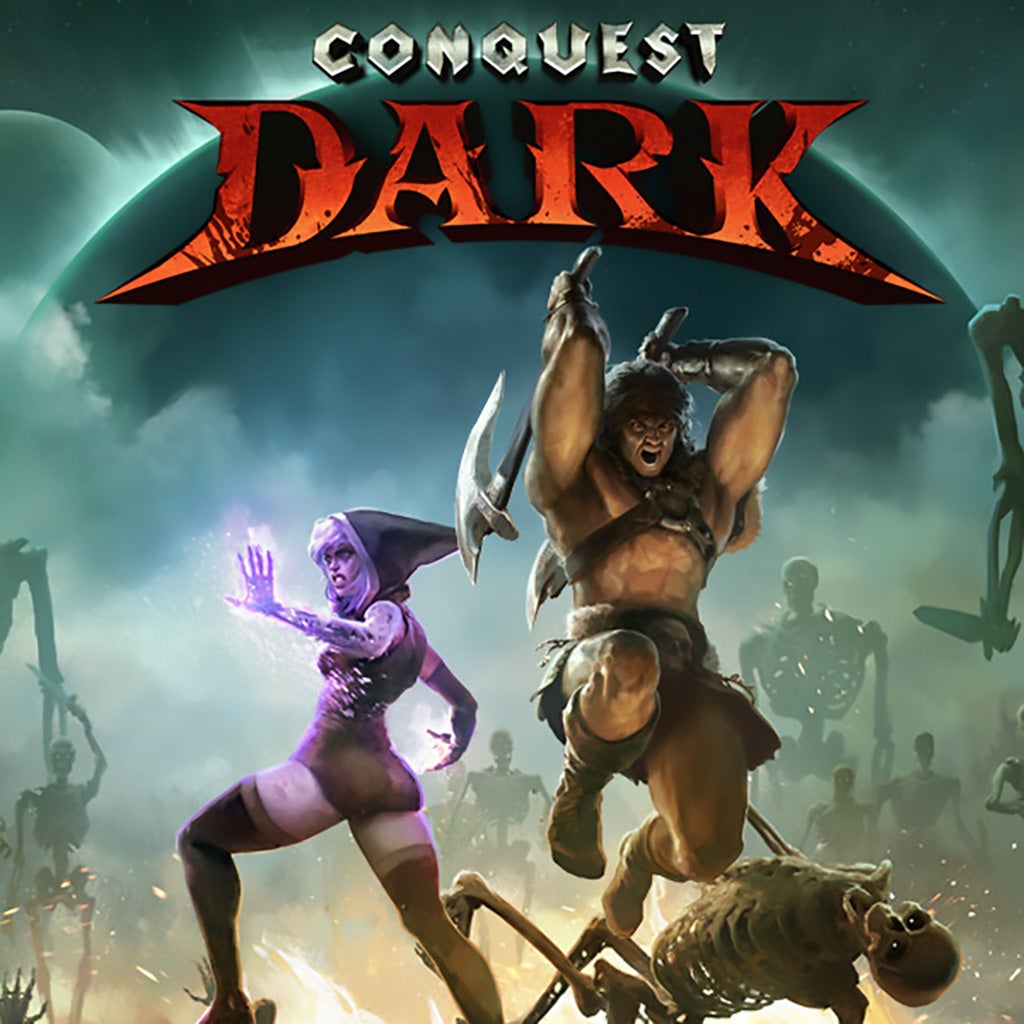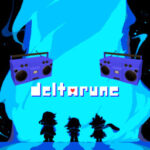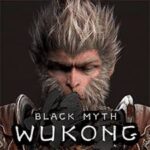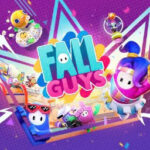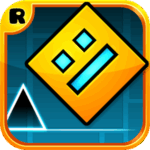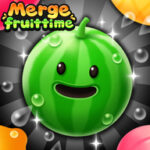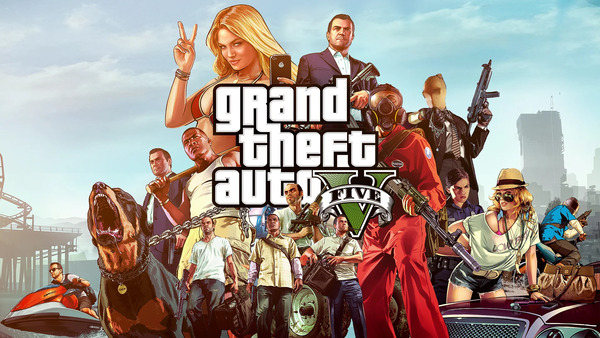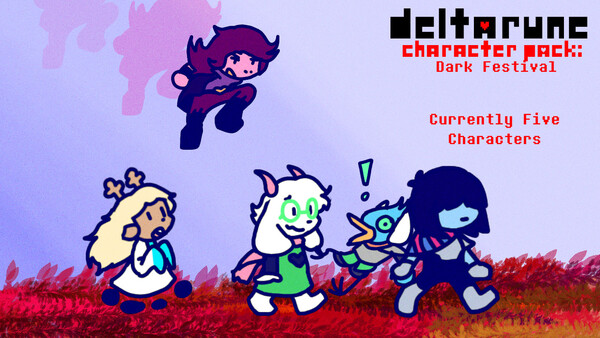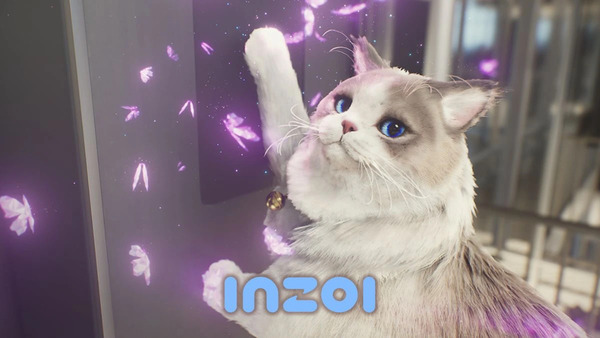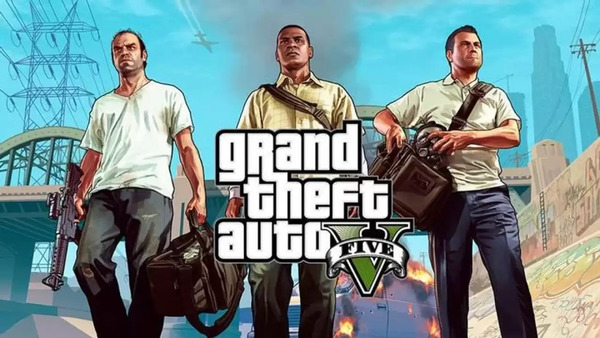Conquest Dark Introduction
Conquest Dark is a modern tactical role-playing game (RPG) that pushes boundaries by combining rich storytelling, deep tactical combat, and morally grey decision-making. Built for players who crave high-stakes strategy and narrative-driven gameplay, Conquest Dark immerses you in a world teetering on the edge of ruin. This article delves deep into the game’s mechanics, narrative design, combat layers, and long-term appeal, providing an expert-level breakdown for seasoned RPG fans and curious newcomers alike.
Origins of Conquest Dark: Lore and Development
Understanding the roots of Conquest Dark is essential to appreciating its depth.World-Building and Narrative Premise
Set in the fractured kingdom of Eldarune, Conquest Dark revolves around ancient prophecies, fallen dynasties, and a creeping darkness that twists reality. The game blends high-fantasy with elements of dark fantasy, drawing inspiration from titles like Fire Emblem, Divinity: Original Sin, and Darkest Dungeon.Development Philosophy
Developed by a mid-sized indie studio, the team prioritized meaningful choices and consequence-laden progression over graphical spectacle. Their aim was to make every tactical decision matter both in combat and story.Character Creation and Faction Alignment
Player agency starts from the very first click.Building Your Hero
Players can fully customize their protagonist—choosing race, class, background, and affinity. Each trait changes interactions and stat growths.Faction Choices
Early on, players must choose an allegiance to one of three major factions: The Ivory Council, The Shadowborn, or The Eternal Flame. Each path provides unique quests, characters, and moral dilemmas.Combat Mechanics: Tactical Depth in Every Battle
Conquest Dark is renowned for its intricate, grid-based battle system.Terrain and Positioning
Combat takes place on varied terrain—marshlands slow movement, cliffs provide attack bonuses, and magical zones alter abilities. Mastering these mechanics is essential.Synergy and Class Combos
Team composition matters. Warriors can shield mages, Rogues can combo with elementalists, and beasts can be buffed by druids. Positioning, timing, and synergy win battles.Conquest Dark: Skill Trees and Ability Customization
Progression is nonlinear and rewards experimentation.Class Specialization
Characters start with base classes (e.g., Sellsword, Seer, Trickster) that evolve into advanced forms like Blade Dancer or Soul Binder. Players shape their team’s identity through strategic branching.Ability Modifiers
Abilities can be modified through runes and talents. For instance, a fireball can be upgraded to cause burning or explode in AoE—depending on player choice.Conquest Dark: Narrative Design and Moral Complexity
Conquest Dark doesn’t spoon-feed heroism. Choices are grey, outcomes unpredictable.Dialogue and Reputation System
Every choice affects faction trust, companion loyalty, and world stability. Lying, sacrificing, or betraying may offer tactical advantages—but moral costs.Branching Endings
There are multiple endings based on accumulated choices. These range from utopian alliances to apocalyptic devastation, ensuring replayability.Conquest Dark: Exploration and World Interaction
Beyond battlefields, players engage with Eldarune’s sprawling world.Dynamic Towns and Encounters
Towns evolve based on player actions—destroyed, fortified, or thriving. Encounters range from bandit ambushes to spirit hauntings, offering loot and lore.Crafting, Enchanting, and Trade
Gathering herbs, forging weapons, and bartering with rare traders allows for powerful customization and resource management.Conquest Dark: Companion Development and Relationship Arcs
Your team is more than stats—they’re people with histories.Loyalty and Bonding Events
Through side quests and conversations, you build bonds with companions. These affect battlefield synergy and unlock passive perks.Romance and Conflict
Certain characters can be romanced, while others may clash with your ethics. You may even be forced to exile or duel a party member.Conquest Dark: Enemy AI and Boss Encounters
Foes in Conquest Dark aren’t cannon fodder—they think and adapt.Dynamic AI Behavior
Enemies coordinate attacks, flank weak units, and adapt to player tactics. Difficulty ramps naturally with your growing skills.Legendary Bosses
Each major region has a boss with unique mechanics, like time-stopping spells or cloning illusions. Beating them requires puzzle-like precision.Conquest Dark: Post-Game Content and New Game Plus
Even after the credits roll, the challenge continues.Alternate Timelines
NG+ lets you carry over certain characters and gear while exploring different faction paths or making different world-shaping decisions.Trials of the Dark Tower
An endgame roguelike dungeon presents escalating floors with permadeath, rare loot, and global leaderboards.Conquest Dark: Community Engagement and Modding Support
Fans have helped shape Conquest Dark’s post-launch life.Modding Tools
The game ships with modding tools that let users build new classes, maps, or even campaign arcs—expanding replayability.Dev Transparency
The development team hosts regular community votes for content direction and balance patches, fostering loyalty and trust.Conquest Dark: Final Rating and Expert Verdict
Conquest Dark is a triumph in tactical RPG design. It challenges the player intellectually and emotionally, rewarding foresight, empathy, and experimentation. While not for the faint of heart or those seeking instant gratification, it offers a rewarding experience for those willing to invest time.Conquest Dark Rating Breakdown
| Category | Score |
|---|---|
| Combat Strategy | 9.5 |
| Narrative and World-Building | 9.2 |
| Character Development | 9.0 |
| Replayability | 9.6 |
| Visuals and Performance | 7.8 |
